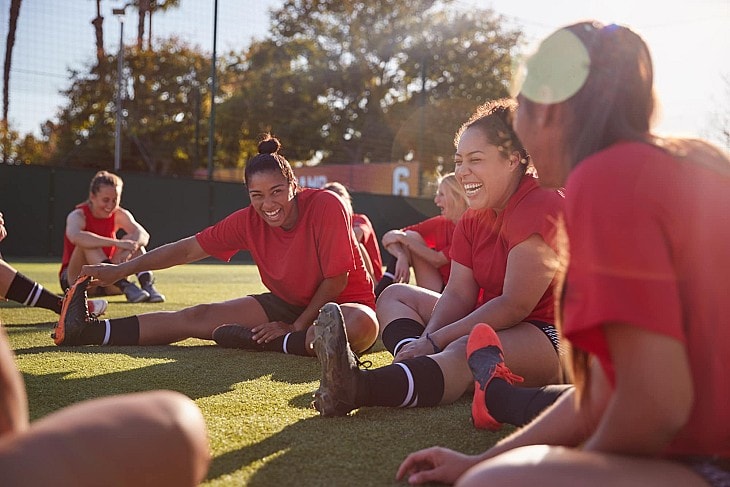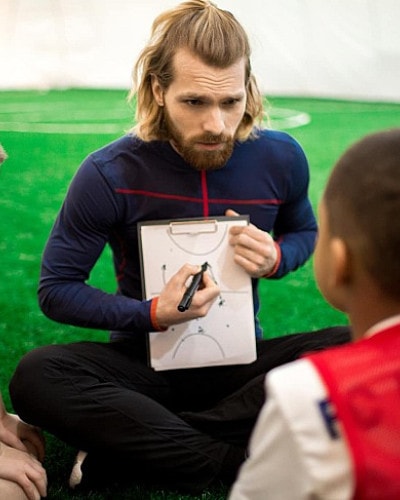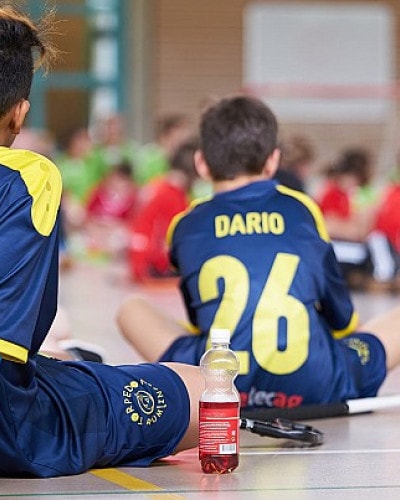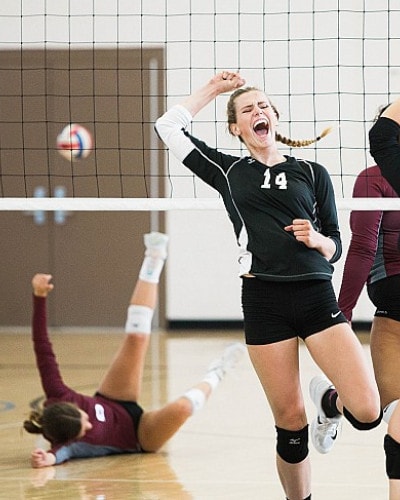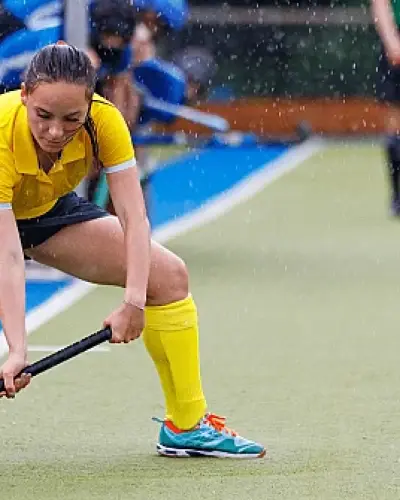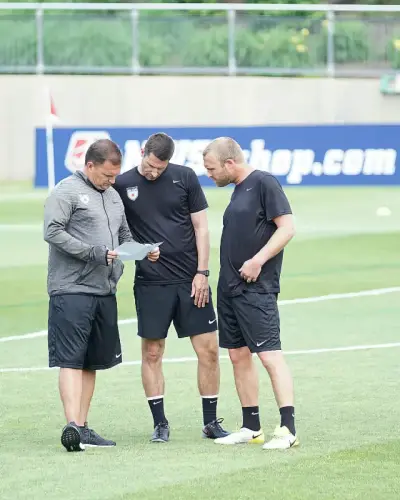Tactical Training – The Ideal Form of Active Recovery
Sports training is not just about the workout itself, where the body is exposed to physical exertion. An equally important component is recovery, during which the body regenerates from stress, adapts, and prepares for future challenges.
Whenever the body is pushed out of its natural balance—known as homeostasis—a counterreaction must occur to restore equilibrium. Recovery is a continuous process during training-free periods, with sleep being the most crucial factor. Regular and sufficient sleep, a healthy diet, and minimal stress contribute significantly to effective regeneration. Additional recovery measures such as massages, sauna sessions, or active recovery can further enhance the process.
Active recovery provides an excellent opportunity for coaches to optimize training, maximize potential, and improve performance without overloading players. Here are a few effective approaches:
1. Cool-Down After Training
A cool-down is highly recommended as it is easy to integrate into training sessions and significantly reduces recovery time. It signals to the body that the recovery phase is beginning, allowing for the faster breakdown of metabolic waste products like lactate, thereby reducing muscle soreness.
A proper cool-down typically consists of light jogging and gentle stretching. However, overstretching immediately after training can be counterproductive, as it may exacerbate microtears in the muscles, potentially increasing muscle soreness and extending recovery time.
2. Incorporating Lighter Training Sessions
Lighter sessions are beneficial for both recovery and player motivation. Training units that emphasize fun and teamwork boost morale and strengthen the team spirit, while light endurance exercises help maintain and improve overall fitness.
Not every session needs to (or should) be performed at maximum intensity. Alternating high-load training with recovery-based sessions ensures sustained performance and reduces the risk of injuries.
3. Tactical Training
Tactical training is an excellent tool for recovery because, while the body rests, the mind remains engaged. Instead of physical exertion, players engage in mental exercises such as analyzing formations, discussing strategic plays, evaluating opponents, and refining tactical approaches.
A solid tactical foundation is crucial for both individual player development and overall team success. This setting also allows the coach to introduce new ideas, collect feedback from players, and address any tactical issues or disagreements. The interactive nature of these sessions fosters communication and strategic thinking within the team.
By scheduling tactical training sessions during recovery periods, coaches can achieve two goals simultaneously: promoting physical recovery while continuously developing the team's tactical understanding and communication.
Overcoming Resistance to Tactical Discussions
Some players may perceive tactical meetings as tedious or unnecessary. In such cases, it is essential to clearly convey their significance and impact on the team's success. Ideally, respected and experienced players should take the lead in reinforcing the importance of these sessions. Hearing the message from a peer rather than the coach often has a greater impact.
A well-selected leader within the team can motivate reluctant players and make tactical discussions more engaging and meaningful.
Conclusion
Active recovery is essential in sports, and tactical training presents a valuable opportunity to rest the body while sharpening the mind. By integrating cooldowns, light training sessions, and strategic discussions into the training cycle, coaches can enhance player performance, foster team cohesion, and maintain a balance between exertion and recovery.
